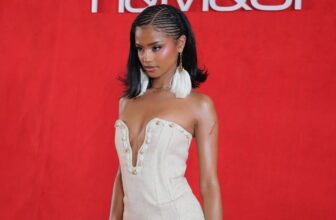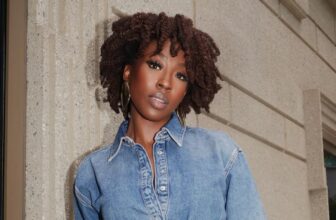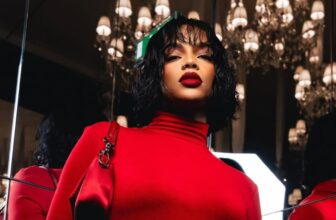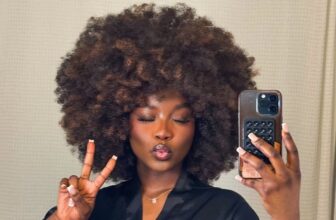The most common hair types, such as straight or curly, are probably the first to come to mind when you think of different kinds of hair. But the reality is that there are up to twelve different types of hair. To maximize the health and shine of each of our varied hair types, we must use different hair care regimens that take into account their unique properties. It is one thing to find out your hair type and another thing to understand it and discover the best ways to take care of it including the appropriate use of hair product that works for your type of hair.
Your hair deserves some TLC regardless of its texture — whether it’s thin, thick, long, short, matte, shiny, curly, coiled, or straight. I know you don’t hate to hear it; taking care of your hair is part of good self-care. Keep reading to learn how to identify your hair type and styling requirements.
Different Types of Hair
Your hair type is determined by the shape of the hair strand and the number of natural oils produced by the scalp. There are four main hair types: straight, wavy, curly, and coily.
- Straight hair: Straight hair is the most common hair type and is characterized by hair that lays flat and does not easily hold curls. It is also the most resilient to damage.
- Wavy hair: Wavy hair is characterized by a slight wave or curl pattern. It is usually thicker than straight hair and is prone to frizz. It falls somewhere between straight and curly hair types and is thicker than Type 1 hair. It can be easily managed with the right products and styling techniques.
- Curly hair: Curly hair is characterized by tight curls and coils. It is typically drier than other hair types and is prone to damage and breakage. It requires extra care and moisture to maintain its health and shape.
- Coily hair: Coily hair is characterized by tight curls and coils that are smaller and more defined than curly hair. It is the driest of all hair types and is prone to damage and breakage. It requires extra care and moisture to maintain its health and shape.
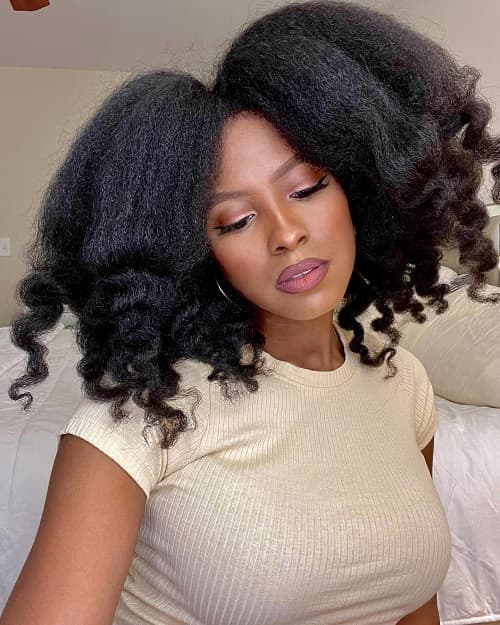
Curl Patterns of Each Hair Type
Based on how tight or loose the curls and coils are, these varieties are further broken down into subcategories as illustrated in the table below:
| Hair Type | 1 Straight Hair | 2 Wavy Hair | 3 Curly Hair | 4 Coily / Kinky Hair |
| A | Fine, thin hair, prone to oil | Fine (has an S-shape) | Fine, loose curls | Tight, springy coils |
| B | Medium, some volume | Medium (has an S-shape with some frizz) | Medium or tight curls | Z-coils |
| C | Coarse, thick, won’t hold curls | Coarse (has an S-shape & prone to frizz) | Tight, thick curls | Very tight, coarse coils |
Straight Hair Type — Type 1
Type 1a
Type 1a hair is extremely fine, straight, and devoid of any wave or curl. Because it is so straight and delicate, it tends to look oily when the natural oils reach the ends. It is the hair kind that is most uncommon and it’s typical of Asian women.
Type 1b
Compared to Type 1A, Type 1B hair is straight but has more volume. Its medium texture can typically hold curls, adding additional movement and texture to the hair.
Type 1c
Depending the climatic conditions of one’s environment, Type 1C hair can become frizzy since it is straight, thick, and typically coarse. Although it still lies flat on the scalp, this hair type can obtain a disheveled appearance when air-dried.
Tips on How to Care For Your Hair Type
Straight Hair — Type 1
- Wash hair regularly.
- Use natural hair products.
- Use Products such as finishing hair sprays to keep the style intact.
- Avoid sleeping with wet hair.
Wavy Hair Type — Type 2
-
Type 2a
Type 2a hair has a soft, tousled texture in its natural condition. Your hair is fairly straight from the ends to around eye level. And you have a loose, ill-defined wave from eye level to the ends. Curling or straightening Type 2A hair is simple by using appropriate hair styling products. Avoid products with an oil or creamy base to prevent flattening out that wave. Instead, stylists advise using a light mousse to strengthen the base or a gel to define those waves.
-
Type 2b
Similar to type 2A, type 2B hair also curls from the middle to the ends. There is a clearer S form to the curls. A spritz of salt spray makes it simple to achieve that beachy look, though it could take a bit more work to straighten. For the balayage trend, where hairdressers hand-paint color on the hair’s outer layer, type 2B is excellent.
-
Type 2c
In comparison to other Type 2 subcategories, Type 2C hair waves are thicker and begin at the scalp. Type 2C waves have the most clearly marked S-shaped waves. The wave pattern usually starts from the center of the hair and goes all the way down.
In moist weather, type 2C hair can be frizzy and frequently thick. People with 2C hair could find it difficult to control and enhance their waves while also straightening their hair on a daily basis, which might harm their hair. The good news is that many light mousses now include both moisture and anti-humidity components.
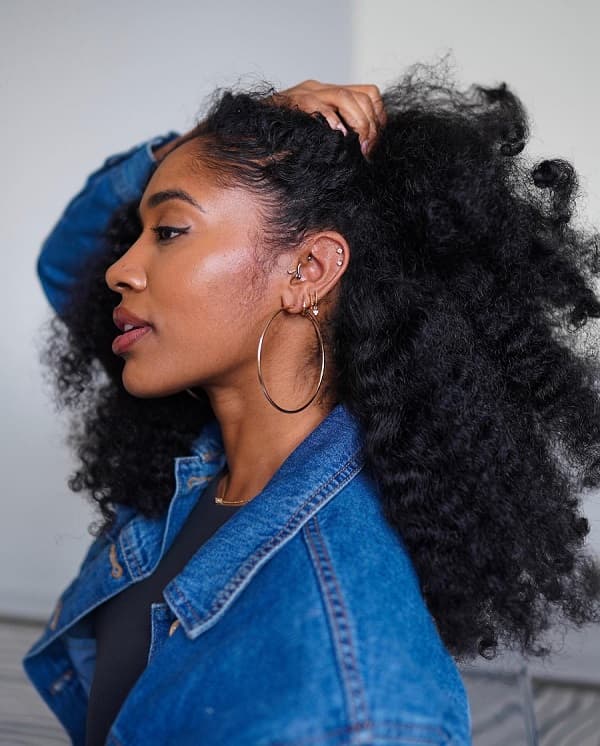
Curly Hair Type — Type 3
-
Type 3a
Loops made of S-shaped curls are characteristic of hair type 3A. The curls are slightly wide. One crucial styling point to note about Type 3a: Brushing can ruin the curl definition and result in a frizzy mane with this type of hair.
-
Type 3b
The diameter of Type 3B curls has a lot of volume and sprouts from the roots. These ringlets typically require moisture to preserve their distinctive spiral shape. However, stay away from sulfates and silicone in your curling products. They may temporarily control frizz, but over time they might dry your hair and cause breakage.
-
Type 3c
These tight, springy curls would ideally coil around a drinking straw. Use your hands to maintain the definition of these corkscrew curls. Use a leave-in conditioner and rake through damp hair with your fingertips rather than combing, which can cause frizz and breakage. You should air dry rather than using a blow dryer, according to the American Academy of Dermatology.
Coily Hair Type — Type 4
-
Type 4a
The most sensitive hair kind is type 4a, which is very thin. It demands a lot of moisture and requires extreme gentleness from you. But utilizing oils is not a need for getting moisture. To maintain the health of your hair, consider using deep conditioning masques, butter, and creams.
-
Type 4b
The 4B hair has zigzag-shaped curls. Shingles are a common method for defining and emphasizing your 4b coils. Wetting your hair is where shingling starts. Use your fingertips to gently untangle the hair while liberally applying a leave-in conditioner to hydrate and condition it. Following that, divide your hair into four sections. Working along the length of each curl, work curling cream or gel, wrapping the strands around your index finger as you go.
-
Type 4c
The most fragile and tightly wound coils are Type 4C coils. If you comb too hard or repeatedly, you run the risk of breaking them, thus it’s critical to frequently hydrate the hair with nourishing conditioners. Shea butter creams and coconut oils are still widely used. More people are choosing to co-wash instead of using shampoo or rinsing their hair with conditioners. In terms of fashion, 4C hair is in vogue.
General care tips for all hair types:
- Avoid heat styling tools as much as possible
- Use a wide-toothed comb or your fingers to detangle your hair, starting at the ends and working your way up to the roots.
- Use a heat protectant before using heat-styling tools.
- Use a deep conditioner once a week.
- Avoid using harsh chemicals or dyes on your hair.
- Trim your hair regularly to prevent split ends.
- Eat a healthy diet and drink plenty of water to keep your hair healthy from the inside out.
- It’s also important to consult a professional stylist or trichologist if you have any concerns about your hair or scalp health. They can help you determine your hair type and give you personalized advice on caring for and maintaining your hair.
It’s important to note that hair texture can change due to a variety of factors such as genetics, hormones, and environmental factors. It’s also possible to have a combination of hair types, such as curly hair that’s also wavy or coily hair that’s also straight.
Finally, to determine your hair type, you can examine the shape of your hair strand, the texture of your hair, and the amount of natural oils produced by your scalp. Once you have identified your hair type, you can then use this information to choose the right products and styling techniques to maintain and care for your hair.



